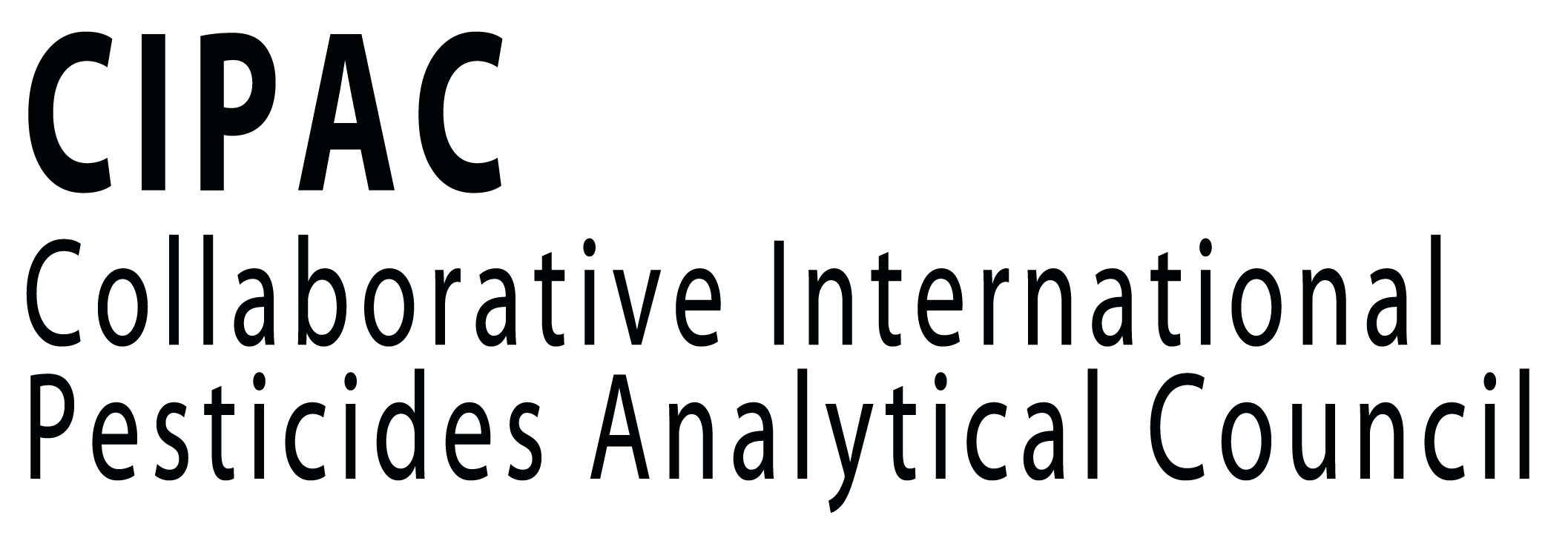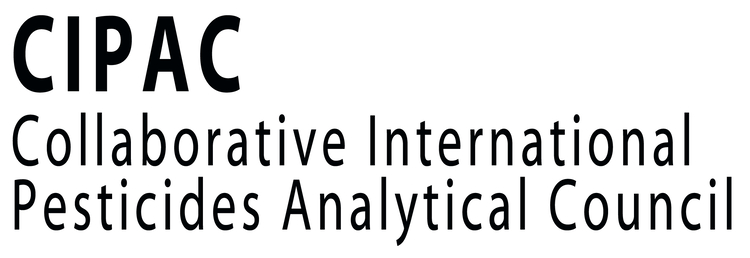MT 30.6 - Water Determination
Content Handbook P
Reason for Revision
The method was editorially revised, the procedure for coulometric titration was included, a definition of ranges for sample weight was included and the description of equipment was revised.
MT 30.6 supersedes MT 30.5.
Outline of method
The volumetric determination of water described in this method is based on a titration of the sample in a water free solvent with an iodine containing titrant. The water of the sample is consumed by reacting with the reagents (Karl Fischer reaction). The endpoint of the titration is detected electro-potentiometrically. Interferences by side reactions consuming Karl Fischer reagent lead to higher results (Note 1).
The sample is dissolved or dispersed in a suitable solvent and titrated with an iodine containing solution, called titrant, of known titer (water equivalent).
The optimum pH range for the volumetric Karl Fischer titration is weakly acidic (pH 5 - 7). Samples with pH values outside of this range should be buffered or neutralized using acid or base.
Scope
This method is intended for measuring the water content of plant protection products. Water determination by Karl Fischer method can be carried out by two different procedures:
• Volumetric titration (section A)
• Coulometric titration (section B)
Volumetric titration is preferably used for samples having a water content > 0.1% (m/m). The coulometric titration is much more sensitive to water and can be used in a range of 0.001% to 1% water content. The coulometric method is recommended for water contents below 0.5%.
These methods are applicable to all solid and liquid formulation types and materials compatible with the Karl Fischer reagents. Components interfering with the Karl Fischer reaction lead to false results and in most cases to higher values.
The methods are based on the use of automated titration systems.






